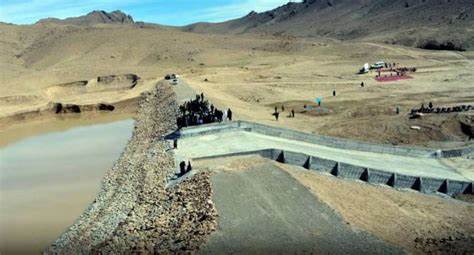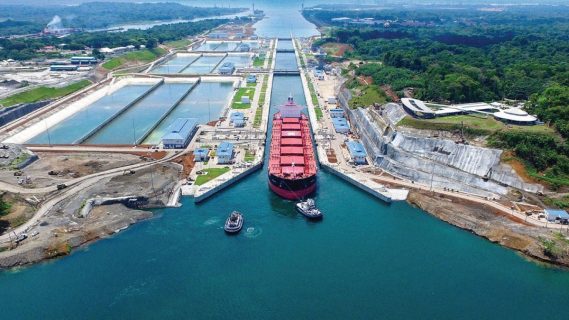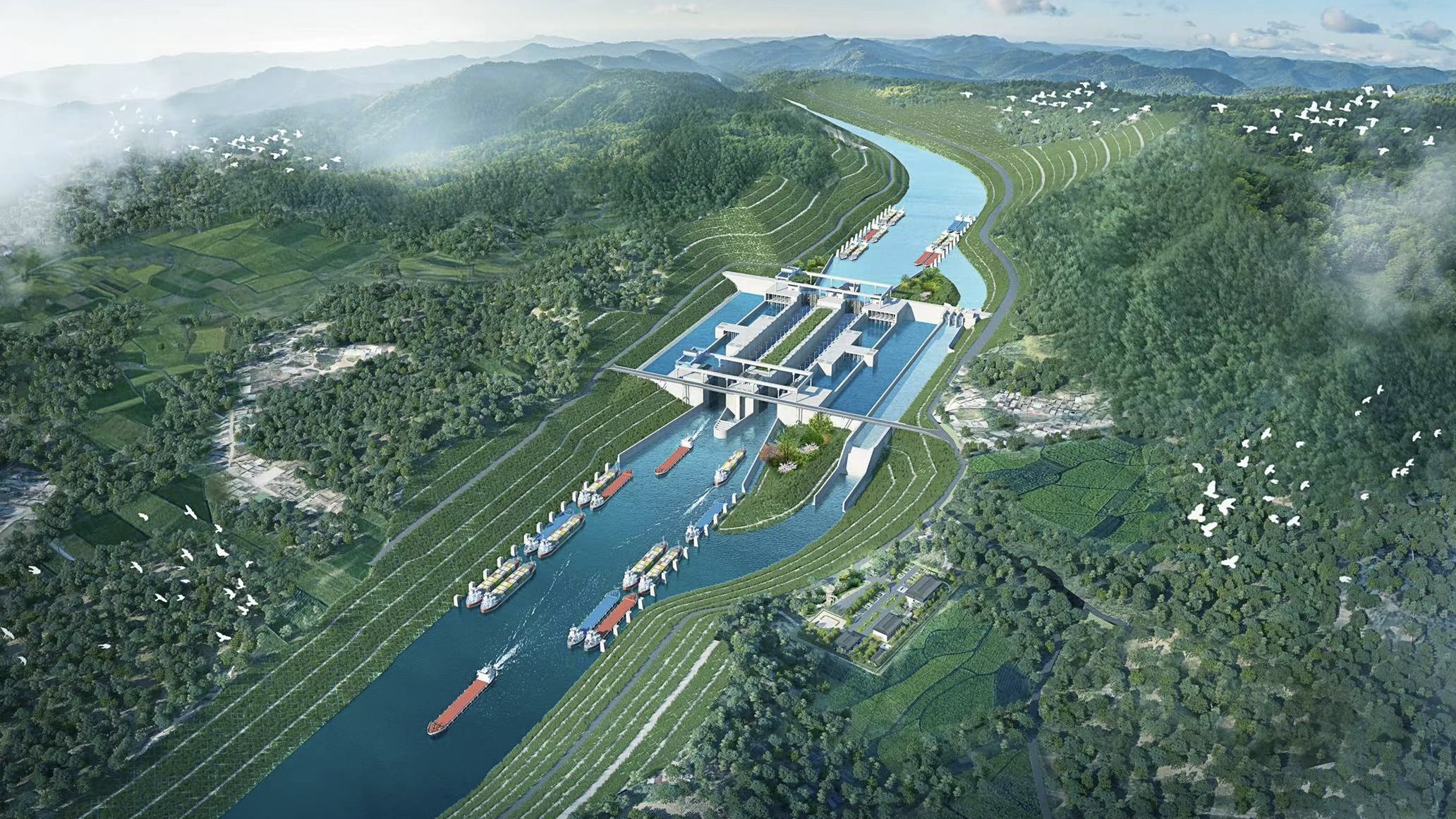Countries around the world are adapting to climate change. More and more of them are engaging in mega canal construction projects. These enormous engineering projects seek to increase farming, improve food safety, lower emissions from roadways, and maintain trade moving.
In China to Egypt, in Panama to Afghanistan, new canals cost billions of dollars and with Herculean logistics. Time frames of construction projects span over years, traversing distant countries and posing ecological and social difficulties. The mega projects are done by phase by the teams of contractors.
Waterways such as the Suez and Panama Canals have already linked continents over a hundred years. This wave of canal construction differs in extent and price. Billions of m3 of earth were displaced. Thousands of kilometers of new navigable canals constructed. Irrigation of millions of acres of desert. These big projects show how climate change is affecting the countries and also their commitment to building expensive adaptation infrastructure.
Outlined below are 5 of the largest and most audacious canal building projects currently underway across the globe.
1. The Pinglu Canal Construction in China
The Pinglu Canal is the largest canal construction project in China since 1949. The 132.4-kilometer-long canal costing $10 billion will connect Nanning with the sea. Thus, making ships to sail directly from inland ports to seaports. Construction of the project commenced in 2022 and is expected to end by 2026.
The CCCC is constructing it as a state-owned company. The canal will use over 170 kilometers of pre-existing waterways and necessitate the excavation of 6.5 new kilometers. Primarily tracing along the Hongshui and Qianjiang River valleys. The EIA estimates that the project will foster economic development in the interior zones and improve flood control capacity.
On the other hand, some criticize the maintenance costs running into $1.5 billion every year. Furthermore, they say that it is too big for anticipated traffic. And with 28 planned automated container ports, the huge infrastructure program is set to revolutionize the shipping logistics of southern China.

2. The Seine-Nord Europe Canal Construction in France
The Seine-Nord Europe Canal is the first canal constructed in France after 1970s. This 107 km canal that will need a €5.1 billion investment will link Compiègne and Aubencheul-au-Bac. This is in order to create an efficient barge route between France, Belgium, and the Netherlands.
The work is being done by major contractors such as EGIS International and Arcadis with completion to be achieved in 2030. Funding problems and construction delays have characterized the canal project for years, but eventually it finally broke ground in 2017. The construction of the 7 meter deep by 54-meter-wide canal is environmentally challenging as it cuts across World War I battlefields with over 100,000 missing solders remains.
Nevertheless, the waterway has considerable potential to reconfigure regional trade networks and reduce carbon emissions by circumventing the Canal du Nord bottleneck.

3. The Artificial River Project in Egypt
Dubbed Egypt’s largest ever project, the $5.25 billion Artificial River project will construct over a 114 km long canal to water 1.2 million acres of desert for agricultural use west of the Nile Delta. The canal will transfer wastewater from the Delta to a large treatment plant capable of treating 5 million cubic meters per day with the aim of increasing food security in Egypt.
The mega project is being implemented by contractors, such as Orascom Construction and Arab Contractors. The initiative was identified as a high national security priority by the Egyptian government and also plans to engineer new cities around the canal. Nevertheless, there have been technical complications, such as moving sand dunes along the canal route which have made some experts argue that the project is unrealistic.
Supporters claim that the initiative is vital for job creation and for adaptation to changes in the flow of the Nile River due to construction of upstream dams Nicknamed, ‘Egypt’s vast project’, the Artificial River project worth $5.25 billion will construct a 114 km long canal to irrigate 1.2 million acres of desert land for cultivation, west of the Nile Delta.

4. The Qosh Tepa Canal Construction in Afghanistan
The construction of the 285 km Qosh Tepa Canal construction diverts water from the Amu Darya River for irrigation of desert land to grow wheat in Afghanistan. The canal built by a Taliban government cost around $117 million and can potentially increase the country’s farmland by a third.
Multiple phases of canal construction work are being planned and managed by the National Development Company. Completing the canal is a crucial feat for the Taliban to show its ability to govern and enhance the food security of Afghanistan. On the other hand, neighboring countries of Turkmenistan and Uzbekistan forcefully oppose the project because of the reduction of water flows up to 20% to their countries.
The construction of the canals is also hampered by unexploded landmines from past wars. So far, the Taliban has hired over 5,500 workers, but meeting ambitious deadlines while accounting for regional tensions and environmental challenges is unlikely The Qosh Tepa Canal, with a distance of 285 km, is planned to divert water from the Amu Darya River to farm the desert in Afghanistan for wheat cultivation.

5. The Panama Canal Expansion in Panama
As water levels decreased, the Panama Canal Authority came up with $900 million reservoir plan to continue ship traffic through the canal. With up to 18-38 daily crossings of ships, the project will help canal operations potentially beginning to accept construction bids in 2024.
This is an important international trading corridor which suffers from reduced cargo capacity. This is because drought conditions lowered the water level in the Gatun Lake reservoir. The new reservoir on the Indio River would maintain water flows that feed the locks system. Hence, allowing close to 13,000 vessels to pass through the 80 km canal every year. The expansion comes at a high cost, however, the authorities consider the project necessary to maintain the competitiveness of the interoceanic route. This is with regard to alternatives such as the Suez Canal.

Conclusion
The sheer size and cost of these modern canal megaprojects are an indication of billions of countries around the world. They are gambling on the belief that massive infrastructure investment today will pay off. Consequently, in the form of climate change adaptation, global trade, emissions reductions, and overall futureproofing in the decades to come.
However, the achievement of these objectives depends on the engineering skills of the teams. Teams that master the technological, environmental and geopolitical complexities through to final implementation. Nations’ food sources, economies, and regional stability also hang in the balance. Hence, makes it important for contractors and the supervising governments of these canals. They persist in gradual yet steady forward movement toward the long-term goals.
Also Read: Argentina and Saudi Arabia partner to build the joint water canal
Also Read: Omahenene-Olushandja water canal reconstruction completed
Also Read: Construction begins on One Canal Life Science, Massachusetts

